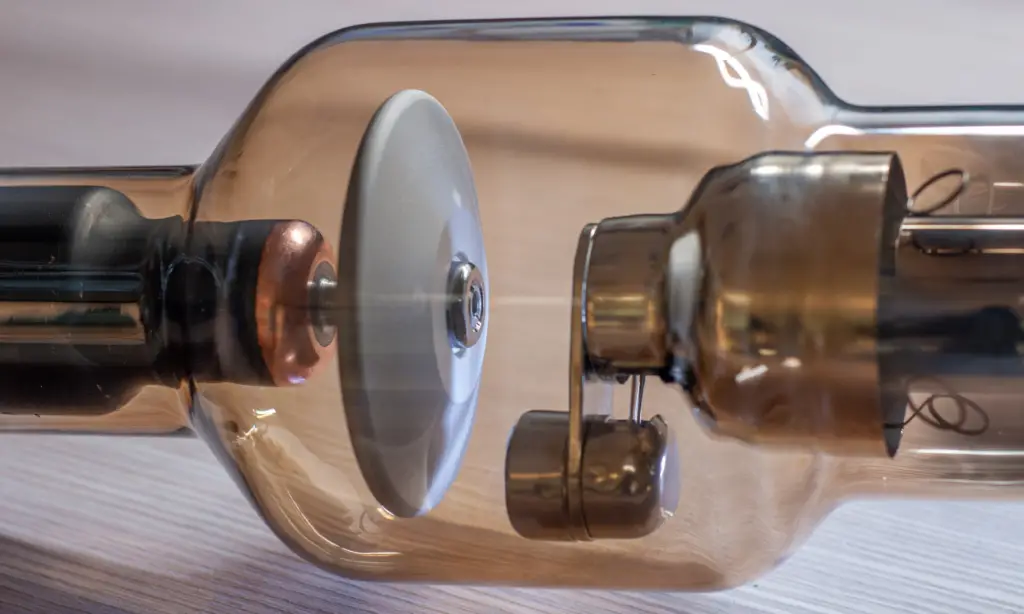Understanding the differences in X-ray beams is crucial for radiologic technologists and healthcare professionals. It ensures accurate diagnosis and patient safety.
This blog post will delve into the distinctions between X-ray beams produced with 80 kVp and 40 mAs versus 60 kVp and 160 mAs.
Let’s explore how these settings affect bremsstrahlung and characteristic photons, beam quantity, and beam quality.
Bremsstrahlung and Characteristic Photons
Both 80 kVp and 60 kVp beams contain bremsstrahlung photons. They produce due to high-speed electrons from the X-ray tube interacting with target material atoms.
As long as the photons are energetic enough to pass through the inherent filtration of the X-ray tube, they will be present in the beam.
However, characteristic photons, which result from the interaction of electrons with the inner electron shells of the target material, are only found in the 80 kVp beam.
Assuming tungsten is the target material. The electrons in the 80 kVp beam possess sufficient energy to overcome tungsten’s K-shell binding energy (69 keV). It leads to the emission of characteristic photons.

Beam Quantity and Quality
Regarding beam quantity, both settings yield a similar number of photons. Despite the decreased efficiency of the 60 kVp beam, the squared increase in current (mAs) compensates for it, resulting in a comparable photon count.
Regarding beam quality, the 80 kVp beam outperforms the 60 kVp beam due to its higher number of high-energy photons.
The broader spectrum of X-ray energies achieved with higher kVp settings enhances penetration and image contrast. Hence making the 80 kVp beam advantageous in certain diagnostic scenarios.
Conclusion
Radiologic technologists and healthcare professionals must grasp the distinctions in X-ray beams produced with different kVp and mAs settings.
The 80 kVp and 60 kVp beams contain bremsstrahlung photons, but only the 80 kVp beam includes characteristic photons.
While the beam quantity remains similar, the 80 kVp beam offers superior beam quality with higher high-energy photons.


